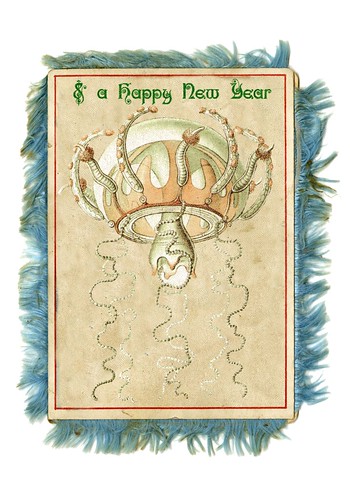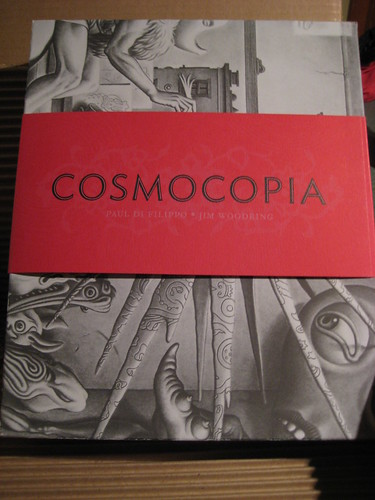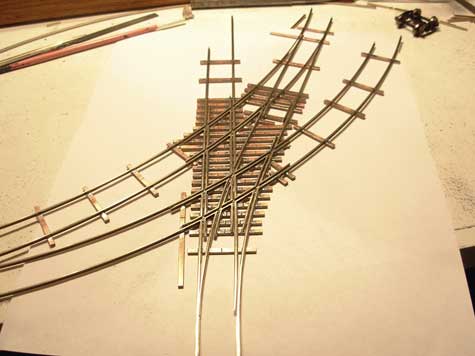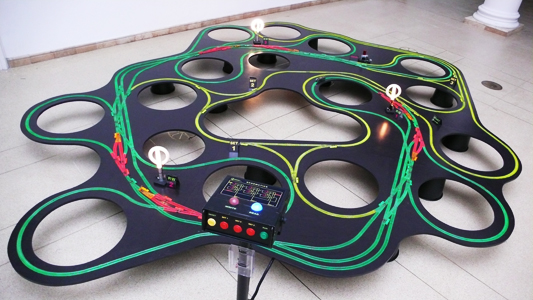pibloktoq (piblokto) – Arctic hysteria.
Symptoms can include intense hysteria (screaming, uncontrolled wild behavior), depression, coprophagia, insensitivity to extreme cold (such as running around in the snow naked), echolalia (senseless repetition of overheard words) and more. This condition is most often seen in Eskimo women. This culture-bound syndrome is possibly linked to vitamin A toxicity (hypervitaminosis A).*
It also refers to a disease in dogs (where I first encountered it, courtesy of A Dog’s History of America). Peary says:
Aside from rheumatism and bronchial troubles, the Eskimos are fairly healthy; but the adults are subject to a peculiar nervous affection which they call piblokto–a form of hysteria. I have never known a child to have piblokto; but some one among the adult Eskimos would have an attack every day or two, and one day there were five cases. The immediate cause of this affection is hard to trace, though sometimes it seems to be the result of a brooding over absent or dead relatives, or a fear of the future. The manifestations of this disorder are somewhat startling.
The patient, usually a woman, begins to scream and tear off and destroy her clothing. If on the ship, she will walk up and down the deck, screaming and gesticulating, and generally in a state of nudity, though the thermometer may be in the minus forties. As the intensity of the attack increases, she will sometimes leap over the rail upon the ice, running perhaps half a mile. The attack may last a few minutes, an hour, or even more, and some sufferers become so wild that they would continue running about on the ice perfectly naked until they froze to death, if they were not forcibly brought back.
When an Eskimo is attacked with piblokto indoors, nobody pays much attention, unless the sufferer should reach for a knife or attempt to injure some one. The attack usually ends in a fit of weeping, and when the patient quiets down, the eyes are bloodshot, the pulse high, and the whole body trembles for an hour or so afterward.
The well-known madness among the Eskimo dogs is also called piblokto. Though it does not seem to be infectious, its manifestations are similar to those of hydrophobia. Dogs suffering from piblokto are usually shot, but they are often eaten by the Eskimos.*














